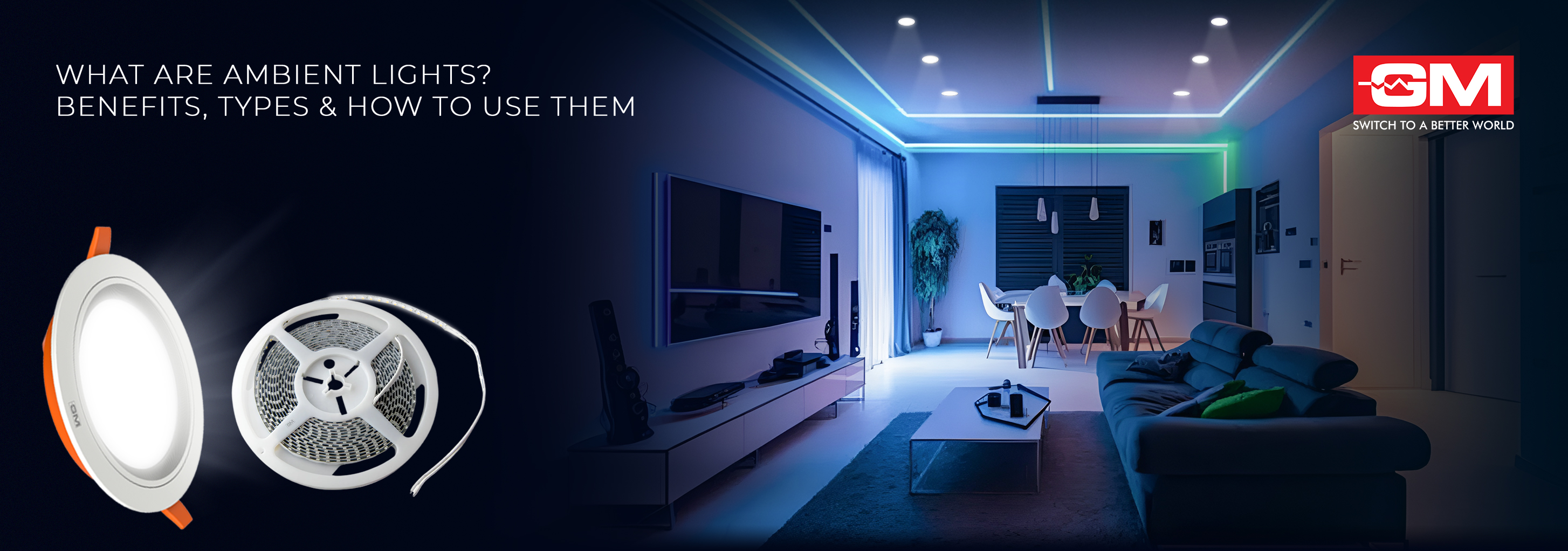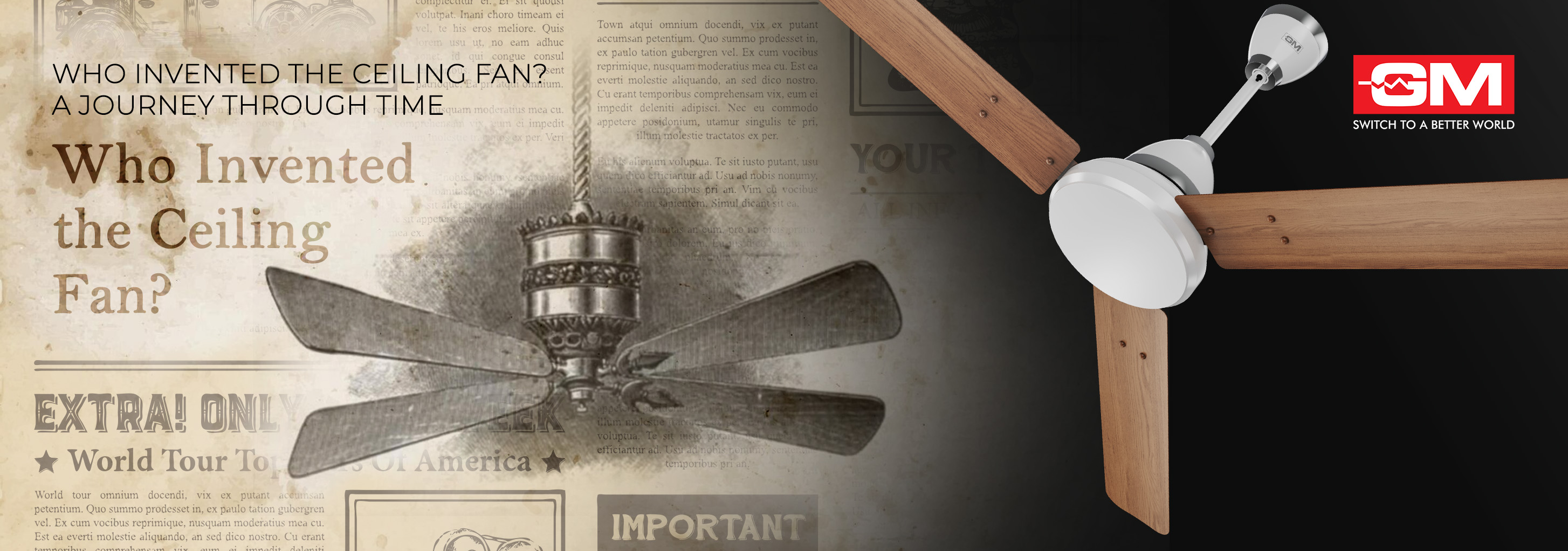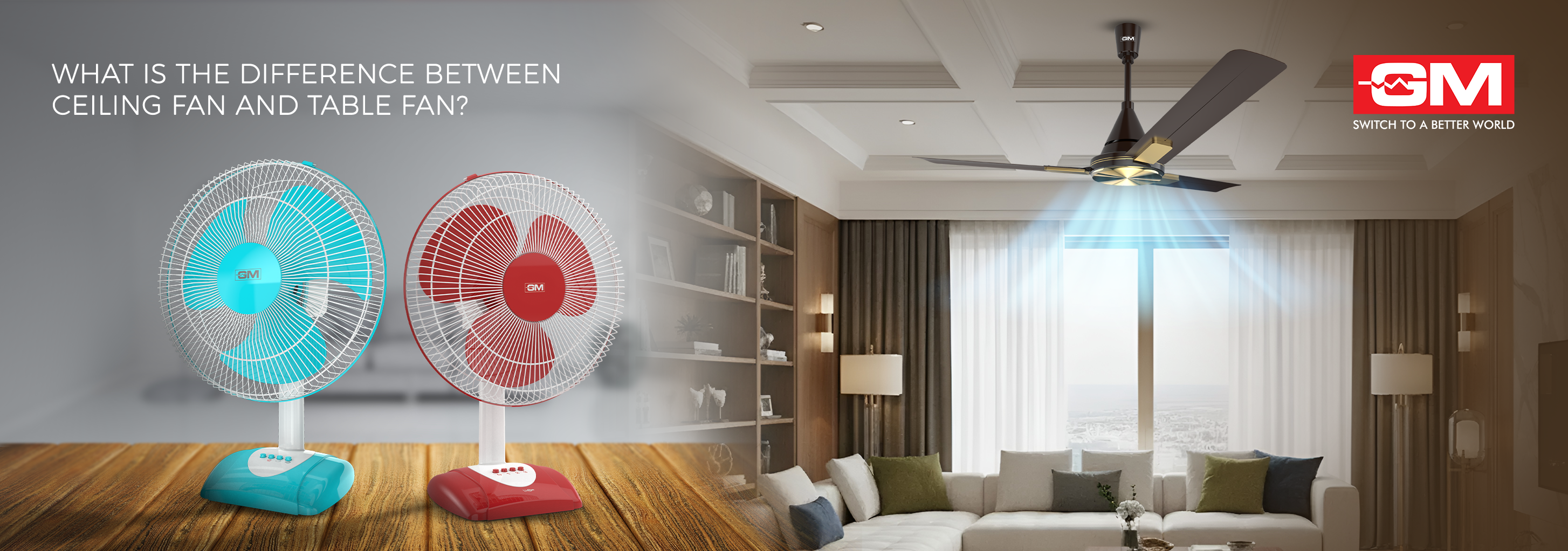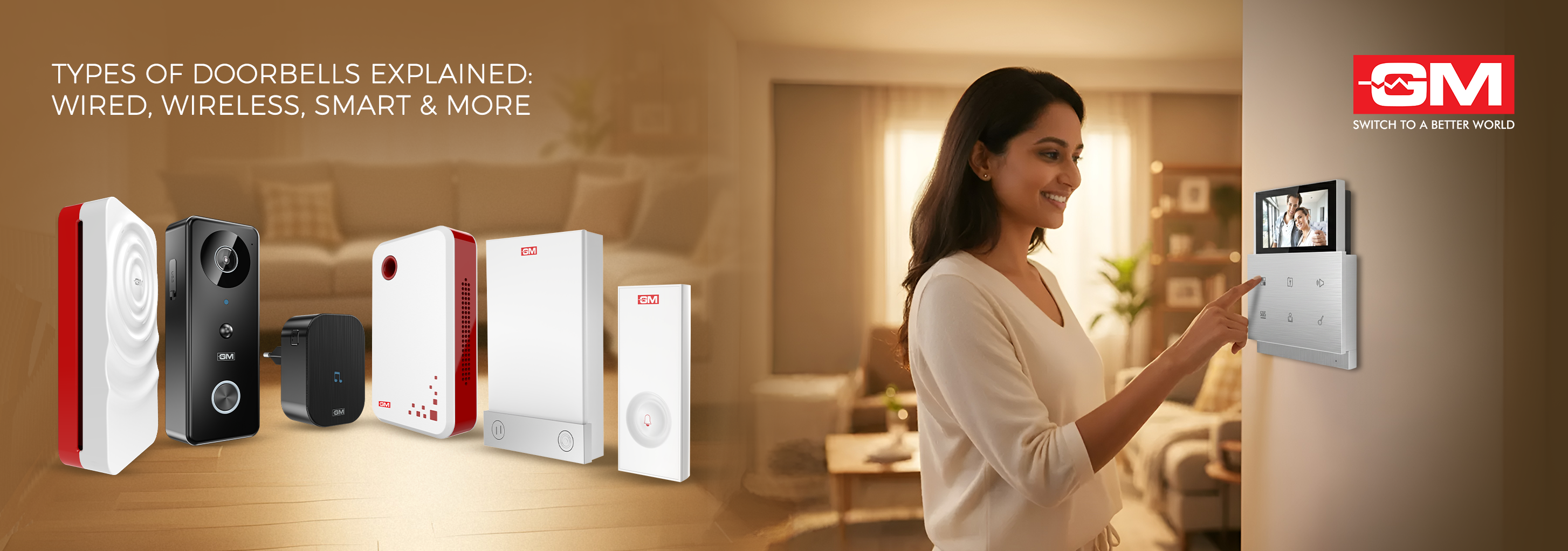Blog
What Are Ambient Lights? Benefits, Types & How to Use Them
Updated on Aug 2025

A well-designed space can feel dull if the lighting isn't right. While colours set the mood, lighting ties everything together. When a room feels calm or cozy, ambient lighting is usually the secret. But what exactly are ambient lights, and why are they so popular in modern design? If you want to refresh your space, understanding ambient lighting is key. Here’s a quick look at what it is and how to use it.
What Does Ambient Lighting Mean?
Ambient lighting is the basic layer of light in any space. It provides general illumination, making a room livable and easy to navigate, like indoor sunlight. This soft, even glow reduces eye strain and eliminates harsh shadows. When you ask, “What is ambient lighting?” it is the lighting that sets the tone. It is not decorative or focused but the comforting mood-setter of your space.
Why Is Ambient Lighting Important?
Lighting is more than just visibility; it shapes a room’s atmosphere by affecting mood, function, and space perception. Ambient lighting provides the foundational glow that defines a room’s core look. It reduces eye strain, softens task lighting, and brings balance. Whether in a cozy nook or over a kitchen island, ambient light makes a room feel complete and inviting.
Benefits of Ambient Lighting
While the approach to infrastructural design has evolved, one element is taking center stage in the industry for its impactful benefits. Let’s explore the real advantages of using ambient light in room settings:
Enhanced Comfort
Unlike bright spotlights or harsh tube lights, ambient light is softer. It wraps the room in a glow that feels gentle and easy on the eyes.
Improved Aesthetic Appeal
The right ambient lighting can highlight textures, wall finishes, and room dimensions subtly, without screaming for attention.
Mood Regulation
Want a cozy vibe in the bedroom or a vibrant atmosphere in the living room? The colour temperature and diffusion of ambient light can do a lot of heavy lifting.
Versatile Utility
From living rooms to retail stores, ambient lighting works everywhere. It provides consistent base illumination across residential, commercial, and even outdoor settings.
Energy Efficiency
Modern LED-based ambient lights are incredibly energy-efficient. You get more light with less electricity consumption, which is great for your power bill and the planet.
Types of Ambient Lighting:
Now let’s explore the different types of ambient lighting you’ll commonly find:
Ceiling-Mounted Fixtures
These are your go-to sources for even lighting across rooms. Chandeliers, flush mounts, and LED panels all fall under this category.
Recessed Lighting
Installed within ceilings, this type creates a clean look. It’s popular in minimalist and modern spaces where you want the light to feel seamless.
Wall Sconces
Mounted on walls, these add character and warmth while maintaining a base level of illumination. They’re great for hallways and bedrooms.
LED Strip Lights
LED Strip Lights are increasingly used in modular homes. Run them behind headboards, under kitchen cabinets, or along false ceilings for that modern, glow-up effect.
Natural Light as Ambient Light
It’s important not to forget windows and skylights. During the day, natural light is the most authentic form of ambient lighting you can get.
Ambient lighting is just one piece of the puzzle. Explore 7 types of lights to revamp your home and create the perfect lighting combination.
How to Use Ambient Light for Room Settings
Here’s how you can implement ambient lighting smartly in your spaces:
1. Layer It Right
Think of ambient lighting as your base. Once that’s set, you can add task lights (like reading lamps) and accent lights (like spotlights or wall washers) on top.
2. Control the Intensity
Use dimmers wherever possible. Being able to adjust brightness helps you transition a space from “work mode” to “Netflix and chill” with just a slide.
3. Choose the Right Temperature
Cool white works better for workspaces and kitchens, while warm white is ideal for bedrooms and living rooms where you want to relax.
4. Avoid Glare
Install fixtures in a way that diffuses light evenly. You don’t want a bulb beaming
directly into your eyes.
5. Think Modular
Modular lighting fixtures allow you to scale and shift lighting setups as your interior evolves. They’re both future-proof and functional.
The Rise of Smarter Ambient Lighting
With modular, connected homes on the rise, lighting is no longer just a utility—it’s an integral part of your lifestyle. The next time you walk into a space and it simply feels right, take a second look; chances are, it’s the ambient lighting doing its quiet magic. From setting the mood to subtly enhancing design elements, ambient lighting is the unsung hero of modern interiors. And now that you understand what it is and how to use it effectively, you’re already one step ahead in creating spaces that are both functional and beautifully lit.
Also, read our blog on the top 10 types of ceiling lights to elevate your home décor and find the perfect fit.
Frequently Asked Questions:
Can ambient lights be used outdoors?
A. Yes, with the right waterproof ratings (like IP65 or above), ambient lights can be installed in gardens, patios, or balconies to create a cozy outdoor atmosphere.
Do ambient lights increase electricity consumption?
A. Not necessarily. Most modern ambient lighting setups use energy-efficient LED technology, which consumes less power compared to older CFLs or incandescent bulbs.
What’s the difference between ambient light and mood light?
A. They’re similar but not the same. Ambient light provides consistent general lighting, while mood lighting is more decorative—often coloured or dimmed—meant to enhance emotion or atmosphere.
Can I automate my ambient lights at home?
A. Absolutely! With smart switches, motion sensors, or app-based controls, you can automate ambient lights to turn on at sunset, dim at bedtime, or even react to your music.
Related Blogs

Who Invented the Ceiling Fan? A Journey Through Time
Ceiling fans are a quiet yet transformative part of life at home, offering comfort, style, and energy savings all year round. But not many of us know about the invention of the ceiling fan and how this humble device revolutionised modern living. To a
Read More
What is the Difference Between a Ceiling Fan and a Table Fan?
Fans are easy to use and save energy, so most people use them to keep a room cool and comfortable. But before you buy one, you should know what makes a ceiling fan different from a table fan. They both move air, but they do it in very different ways
Read More
Types of Doorbells Explained: Wired, Wireless, Smart, and More
A doorbell is one of the most important parts of a home or office, but it's also one of the most common things that people forget about. It not only lets visitors know you're home, but it also makes your space more convenient, safe, and stylish. The
Read More
How to Use a Steam Iron Safely and Effectively?
No matter if you're going to work, a meeting, or a party, wearing a crisp, wrinkle-free outfit can boost your confidence right away. But you need to know how to use a steam iron correctly to get that perfect finish. A steam iron isn't just another ap
Read More